Alixa Lacerna
Advisor: Shawn Bailey
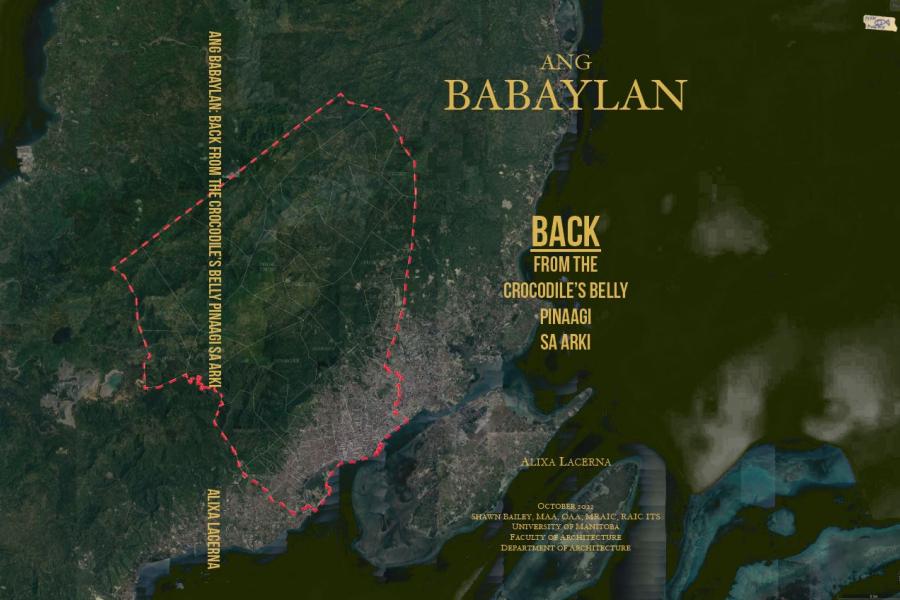
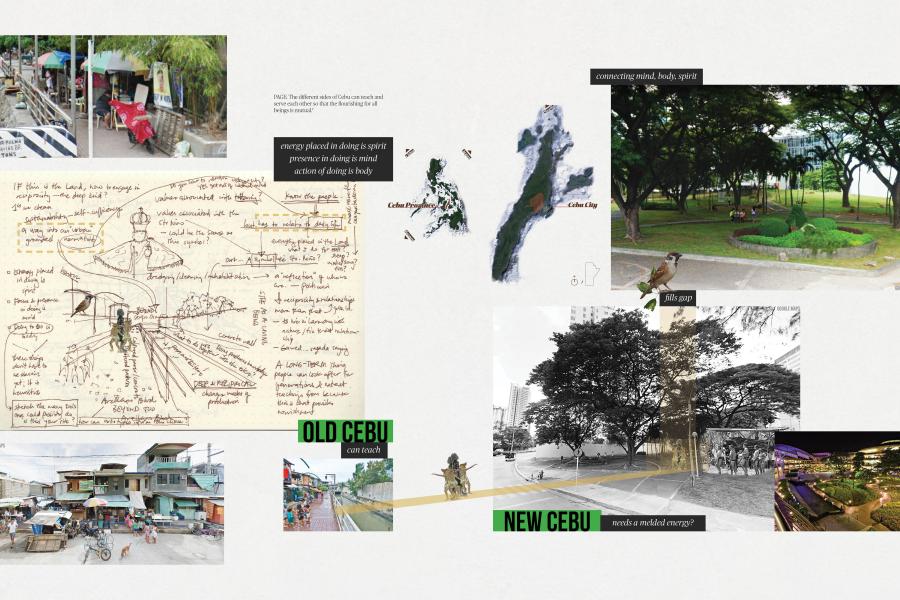
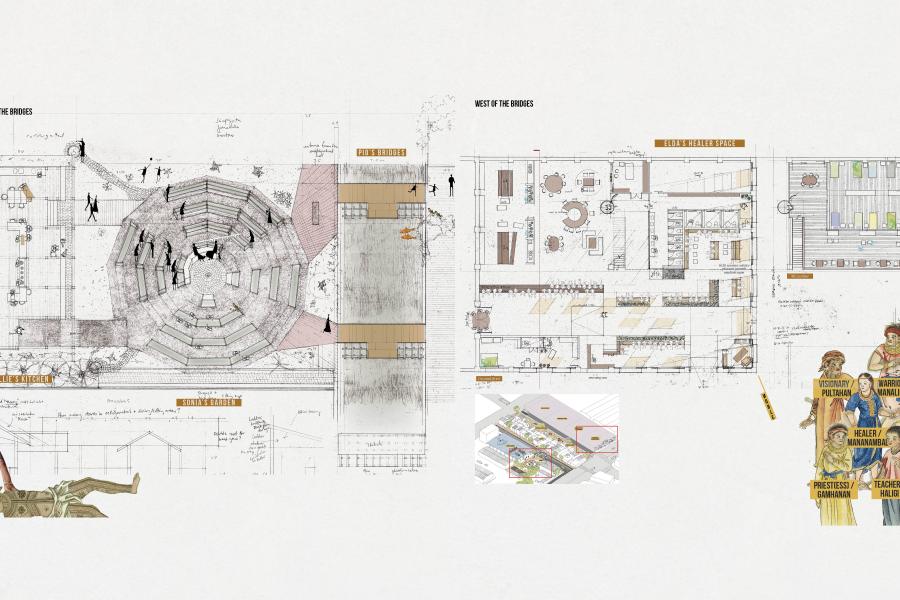


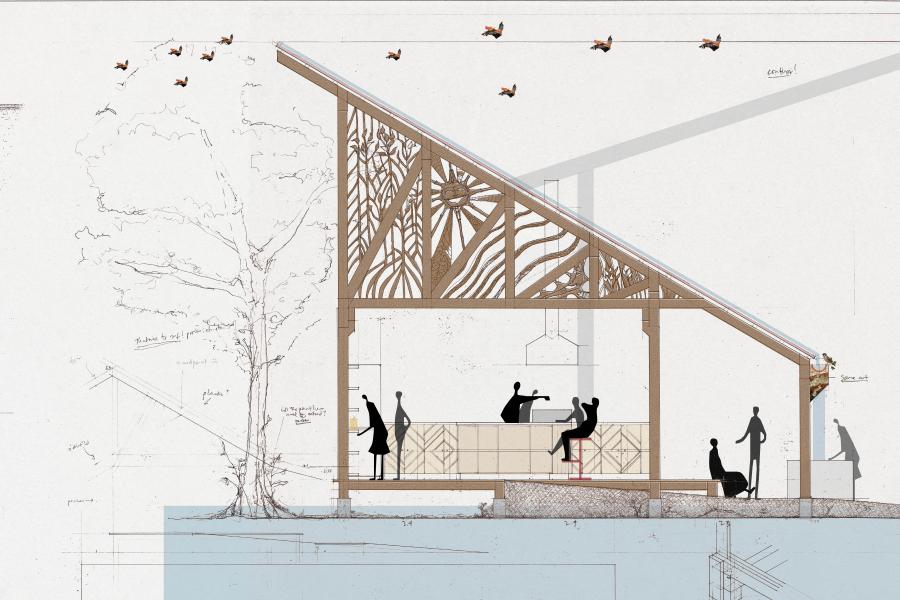
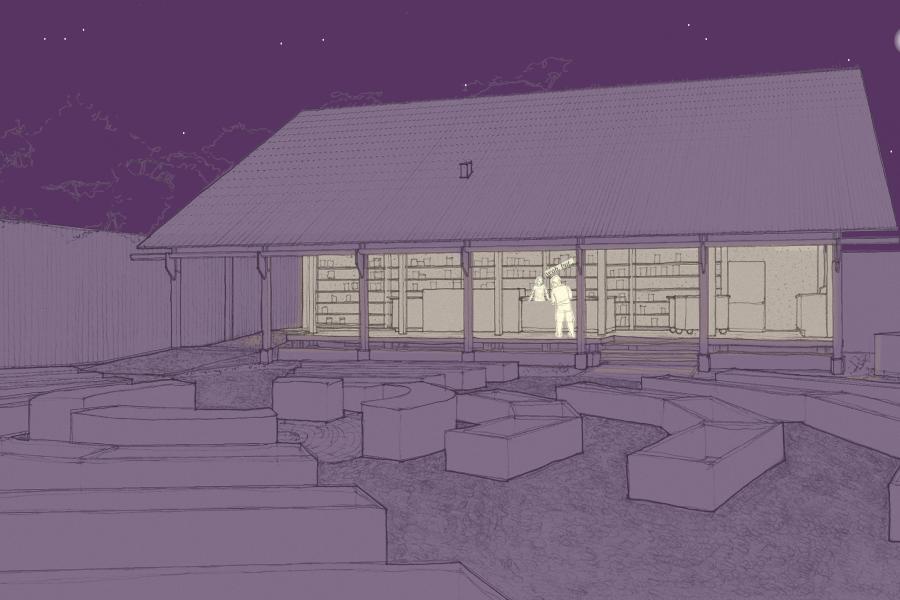
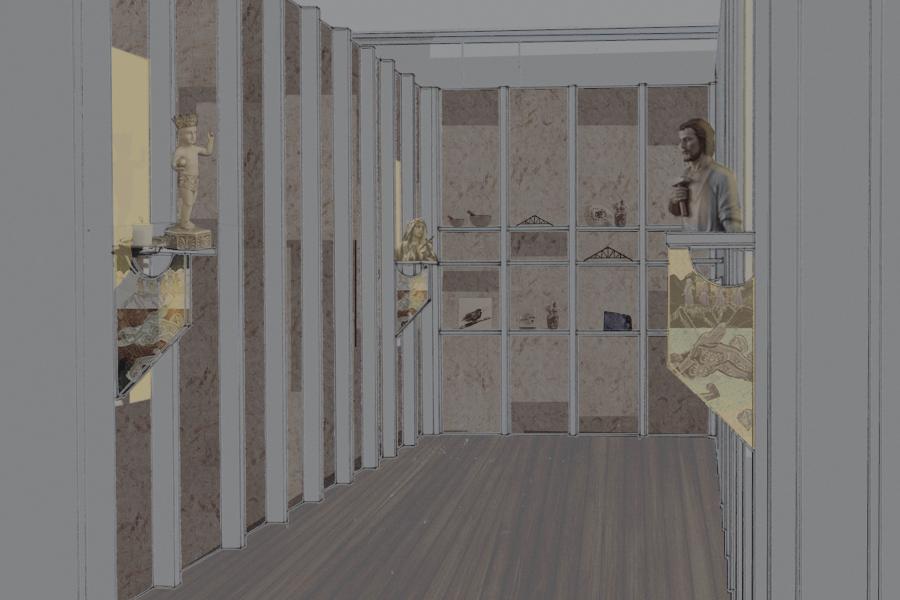
Ang Babaylan: Back from the Crocodile’s Belly Pinaagi sa Arki
Throughout the Philippines’ pre-colonial history, female, male, and genderqueer Babaylan held an equal position in society, together with a community’s Datu (chief), Bagani (warrior), and Panday (craftsman). They dwelled in the peripheries of communities and were arguably the glue that held communities together, in attunement with the physical and spiritual. They were teachers, priests(esses), sages or visionaries, warriors, and healers.1 Spanish colonization, the subsequent imperial influences of the United States and Japan, and the post-colonial and contemporary governments have nearly decimated the Babaylan from the fabric of Indigenous Filipino peoples and urban landscapes. This thesis aims to use architecture, including language and place-naming, calendars, time-pieces, wonder-inducing and orienting artifacts, to reinstate the Babaylan’s presence in Cebu City, a highly urbanized centre, the birthplace of Christianity in the Philippines, and my hometown.
The thesis began with an overview study framed according to the Babaylan’s five archetypes: teacher, priest(-ess), sage or visionary, warrior, and healer. These ‘arkitypes’ allowed an interwoven and layered understanding of the city of Cebu through muddled and melded horizons (pre-colonial, colonial, and contemporary), the various agencies of the Babaylan, and the reciprocal orienting elements of architecture. The thesis project offers a place in Cebu City where the Babaylan could feel empowered to gain agency and take up space in urban settings.
